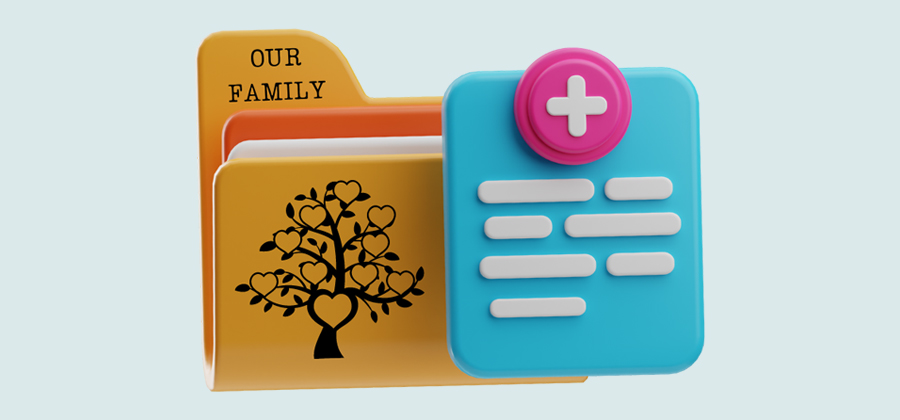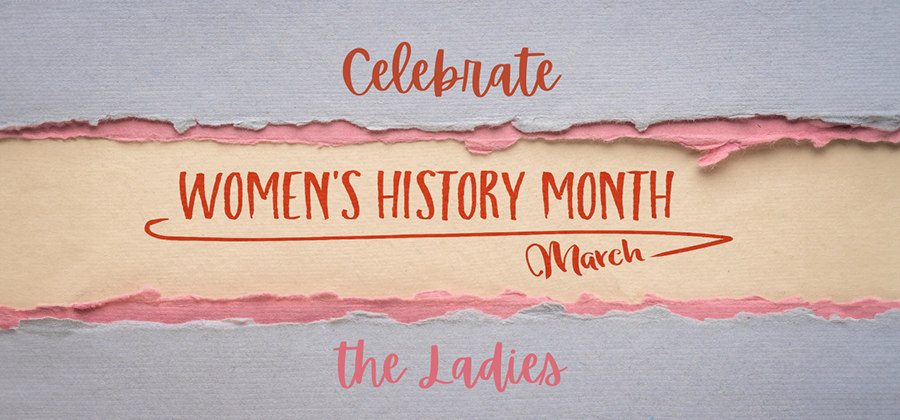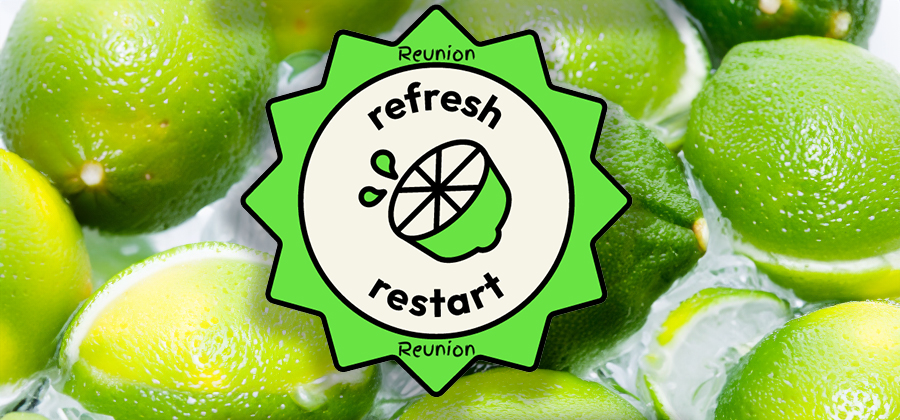Family reunions are all about reconnecting and reminiscing. While the time spent together typically focuses on fun and festivities, it can also be an opportunity to discuss family health histories. With World Health Day (April 7) and National DNA Day (April 25) , now is the perfect time to think about how to utilize family gatherings to share genetic and health information.
Creating a comprehensive family health history is an invaluable step in understanding your genetic predispositions and guiding healthcare decisions. First, have family members create a family health history tree using the free My Family Health Portrait tool http://cbiit.github.io/FHH/html/index.html.
Start with your Immediate family by gathering health information about your closest relatives: parents, siblings, and children. Document major medical conditions (especially chronic illnesses such as heart disease, diabetes, and cancer), ages at diagnosis, and causes of death. Next reach out to extended family (aunts, uncles, nieces, nephews, grandparents, and cousins) to get a clearer overall genetic picture, and note treatments, lifestyle factors, and ethnic backgrounds as some conditions are more prevalent in specific populations. For those interested, consider ordering DNA kits. Check for DNA Day sales at the four major testing companies: Ancestry, MyHeritage, FamilyTree DNA and 23andMe. See the Reunions article “Doing DNA at Your Family Reunion” https://reunionsmag.com/doing-dna-at-your-family-reunion.
Be sure to update the history as new health events occur. Health information is personal and sensitive. Remember to respect your family members’ privacy and confidentiality. A compiled history should only be shared with healthcare providers who can use the information for personalized healthcare, risk assessment, and early detection strategies.
Compiling a family health history might seem daunting, but it’s a crucial step in proactive health management. It provides valuable insights into your health and can be a lifesaving tool for preventative measures.





